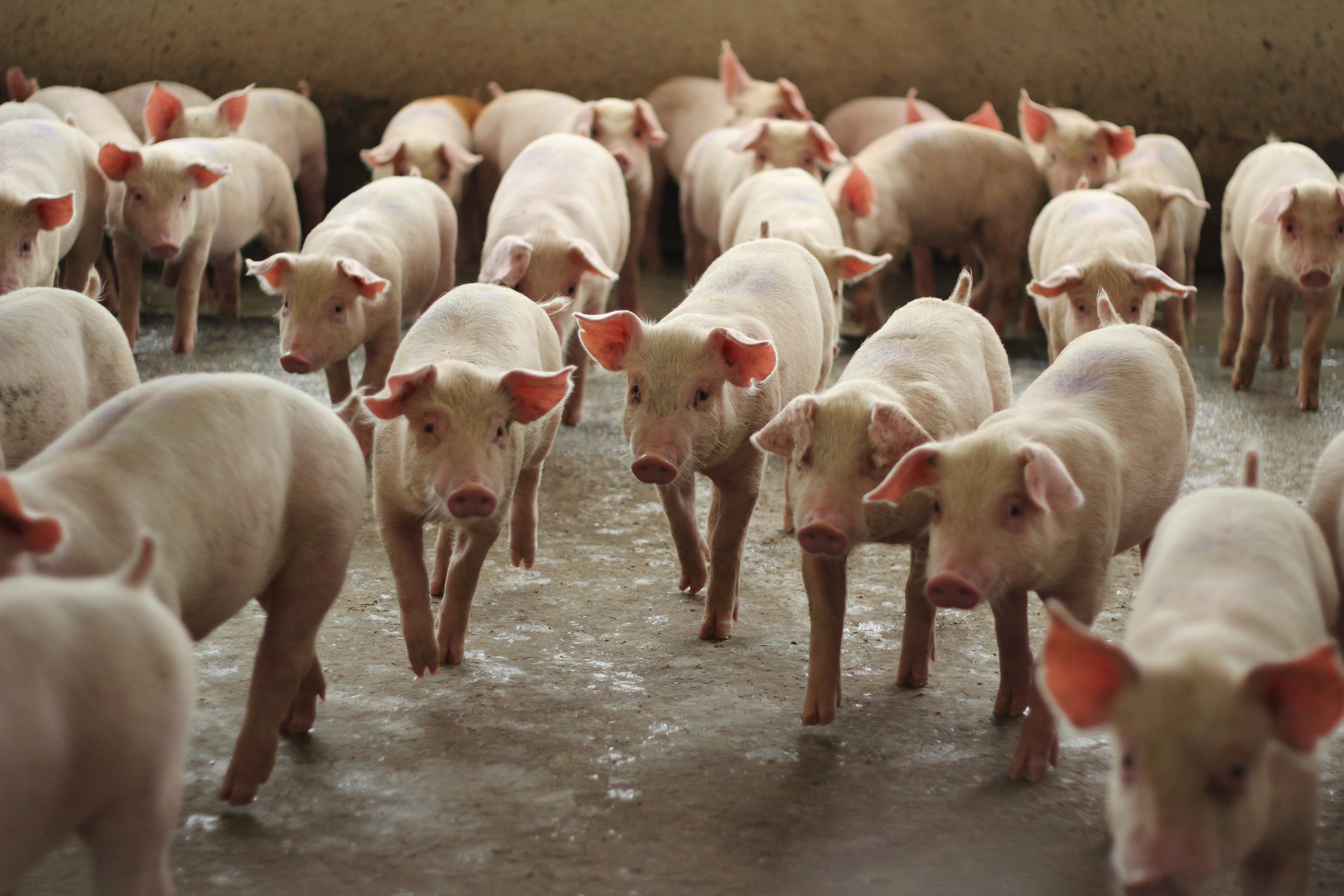In the dynamic world of animal production, one word is gaining considerable attention: probiotics. While the term may sound more at home in a health food store than a pig farm, probiotics are revolutionizing the way pigs are raised, particularly in Europe.

In simpler terms, they're the good bacteria that support digestive health and overall well-being. This means improved resilience to enteric bacterial pathogens, enhanced nutrient absorption, and stronger immune systems for pigs.
There are different options, such as live yeast or bacteria. Some of them have a wider spectrum than others. We have found that the most successful strategies contained probiotics made of bacteria spores which:
This project aimed to evaluate a brand-new diet for more miniature piglets. This can be interesting for farms that can get two different feeds and feed the bottom 10-15% of the piglets differently. Alternatively, it could be helpful for bigger companies with multiple farms which know the farms that consistently wean lighter piglets, they could use a diet like this one
Table 1
|
Experimental group |
P-values |
LSD |
||||
|
Day |
ZnO diet |
Reformulated diet |
Diet |
BW x diet |
||
|
Body weight |
||||||
|
Initial body weight (kg/pig)y |
1 |
4.2 (±0.5) |
4.1 (±0.6) |
na |
na |
na |
|
Intermediary body weight (kg/pig)y |
14 |
6.6 (±0.8) |
6.9 (±0.8) |
na |
na |
na |
|
Final Body weight (kg/pig)y |
43 |
22.8 (±1.8) |
22.6 (±2.0) |
na |
na |
na |
|
1-14 days after weaning |
||||||
|
ADG (g/d/pig)x |
1-14 |
173 |
198 |
0.13 |
0.007 |
37 |
|
FI (g/d/pig)x |
1-14 |
265 |
275 |
0.53 |
ns |
36 |
|
FCRx |
1-14 |
1.51 |
1.40 |
0.03 |
<0.001 |
0.16 |
|
1-43 days after weaning |
||||||
|
ADG (g/d/pig)x |
1-43 |
427 |
424 |
0.85 |
ns |
|
|
FI (g/d/pig)x |
1-43 |
620 |
599 |
0.32 |
ns |
57 |
|
FCRx |
1-43 |
1.44 |
1.38 |
0.03 |
ns |
80 |
In collaboration with Federal university of Lavras
|
Phase |
Control |
Bacillus sp. PB6 |
|
|
Treatments
|
Pre-Starter 1 (24-31days old) |
Flavomicin (12 PPM) |
500 g / t |
|
Pre-Starter 2 (31 to 38 days old) |
Flavomicin (12 PPM) |
500 g / t |
|
|
Starter 1 (39 to 45 days old) |
Enramicin (12 PPM) |
500 g / t |
|
|
Starter 2 (46 to 72 days old) |
Enramicin (12 PPM) |
500 g / t |
|

As the global demand for pork continues to rise, so does the need for sustainable and ethical farming practices. Probiotics offer a promising solution, promoting animal welfare while simultaneously benefiting the bottom line.
© Kemin Industries, Inc. and its group of companies 2026 all rights reserved. ® ™ Trademarks of Kemin Industries, Inc., USA
Certain statements may not be applicable in all geographical regions. Product labeling and associated claims may differ based upon government requirements.